The confidence built into the GP7200 engine design comes from the historic collaboration of two industry giants, General Electric Co. (NYSE:GE) and Pratt & Whitney, a Raytheon Technologies business (NYSE:RTX). Based on engine technology that's been proven over 72 million hours of reliable operation from two companies with nearly two centuries of combined experience. The advantage shows in every part.
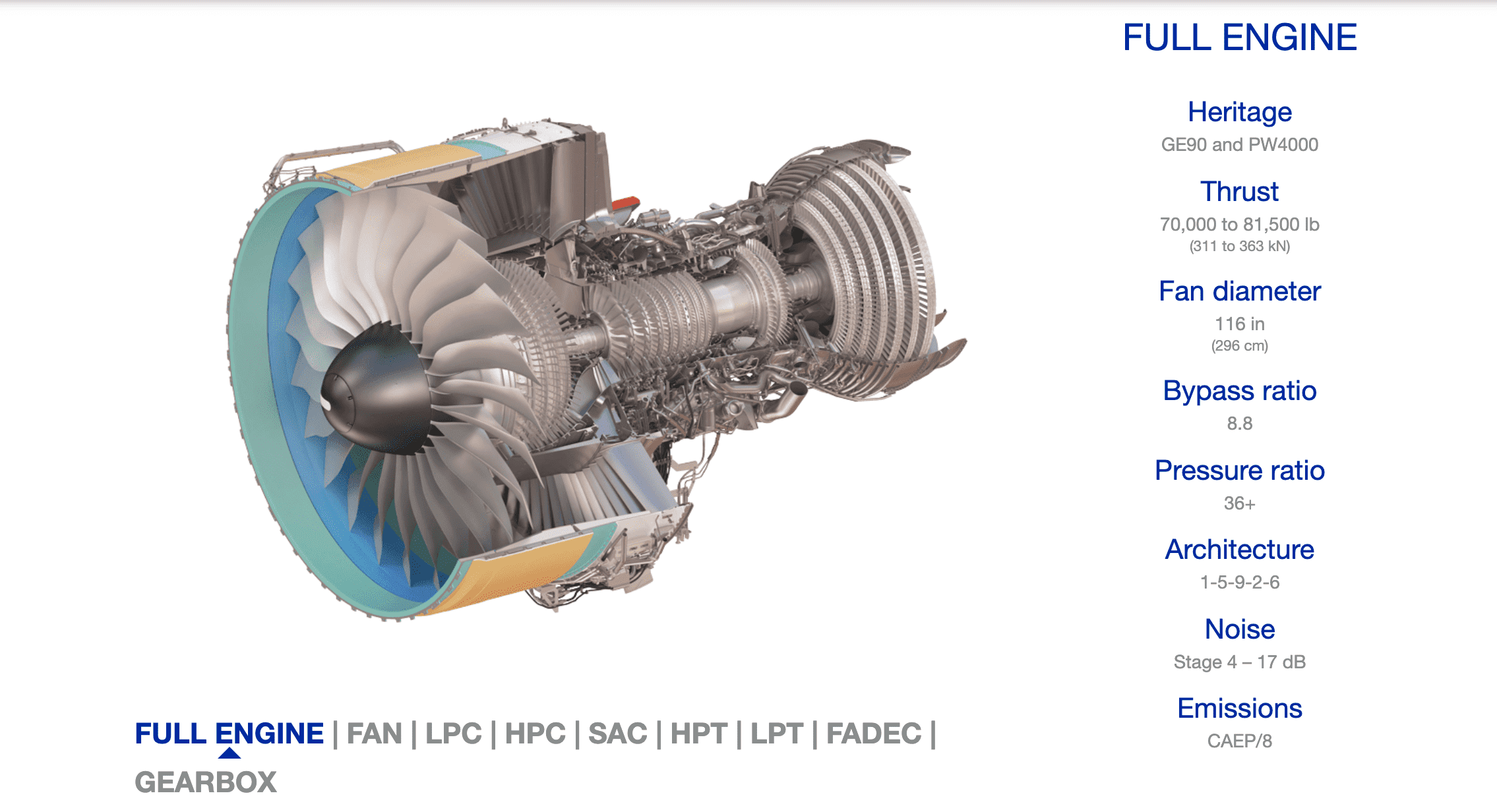
GP7200 delivers a payload-range advantage worth up to $5.5 million in annual passenger revenue for each A380.
The most fuel efficient engine for the A380, the GP7200 minimizes expenses, resulting in up to $500,000 in annual fuel savings per aircraft.
The GP7200 has logged the most reliable track record since entry into service. Clearly, the engine built for longer, more productive service.
The GP7200 delivers a whisper-quiet flying experience at 17.6 dB under Stage 4 and emissions under CAEP/8. Your A380 will be noticeably quieter at 0.8 dB better than the competing engine — and save the environment 1,900 metric tonnes of CO2 every year.
Yes, we retrofit legacy systems (e.g., GE Frame 5, Siemens V94.2) with modern digital controllers, typically completing hardware integration within 4-8 weeks. Software migration requires additional validation time.
We recommend annual performance testing under ISO 3977-2 standards. Critical applications (e.g., offshore platforms) may require semi-annual tests with emissions compliance checks.
All rad-hard devices (e.g., FPGA, ADC) are QML Class V certified under MIL-PRF-38535 and tested to MIL-STD-883 Method 1019 for SEU tolerance. Full qualification reports are available upon request.
Our ASICs and power management ICs operate across -55°C to +175°C ambient temperatures, with derating curves provided in military temperature range (MTR) datasheets.
Our PMA parts (e.g., actuators, sensors) hold FAA/EASA Form 1 certification and match OEM form/fit/function. Installation requires SB/MB documentation per FAA AC 23.1529.
All NAS/MS fasteners include full DNA traceability: melt source (AMS 2301), heat/lot numbers, and AS9100-compliant MTRs with ultrasonic test reports.
AOG orders ship within 4 hours for stocked items (FAA-PMA, EASA Part 21G). Non-stock critical parts trigger priority manufacturing with 72-hour max turnaround.
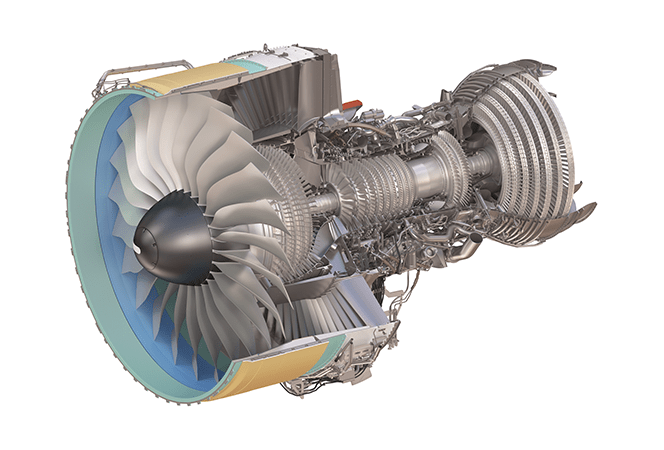
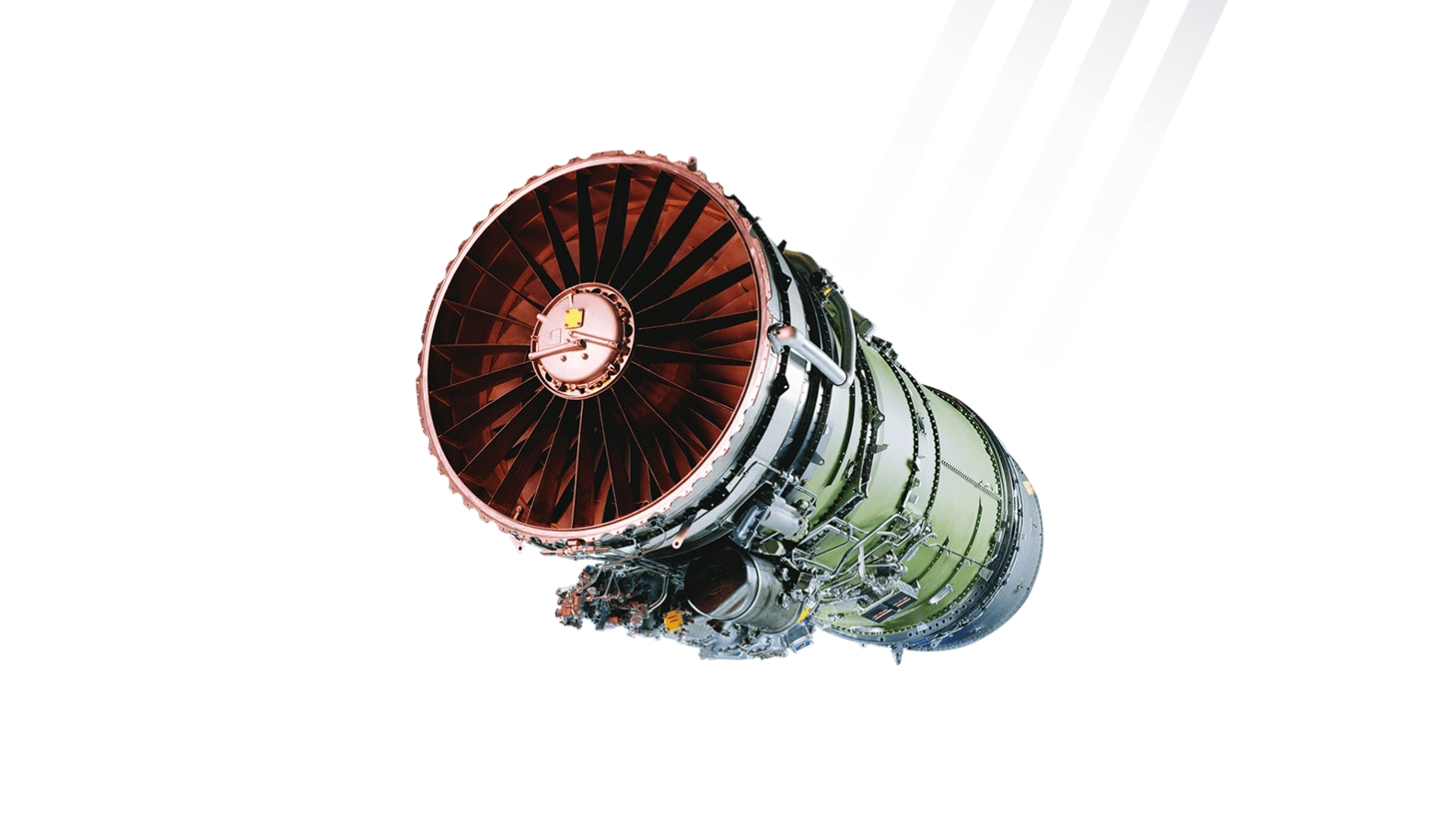
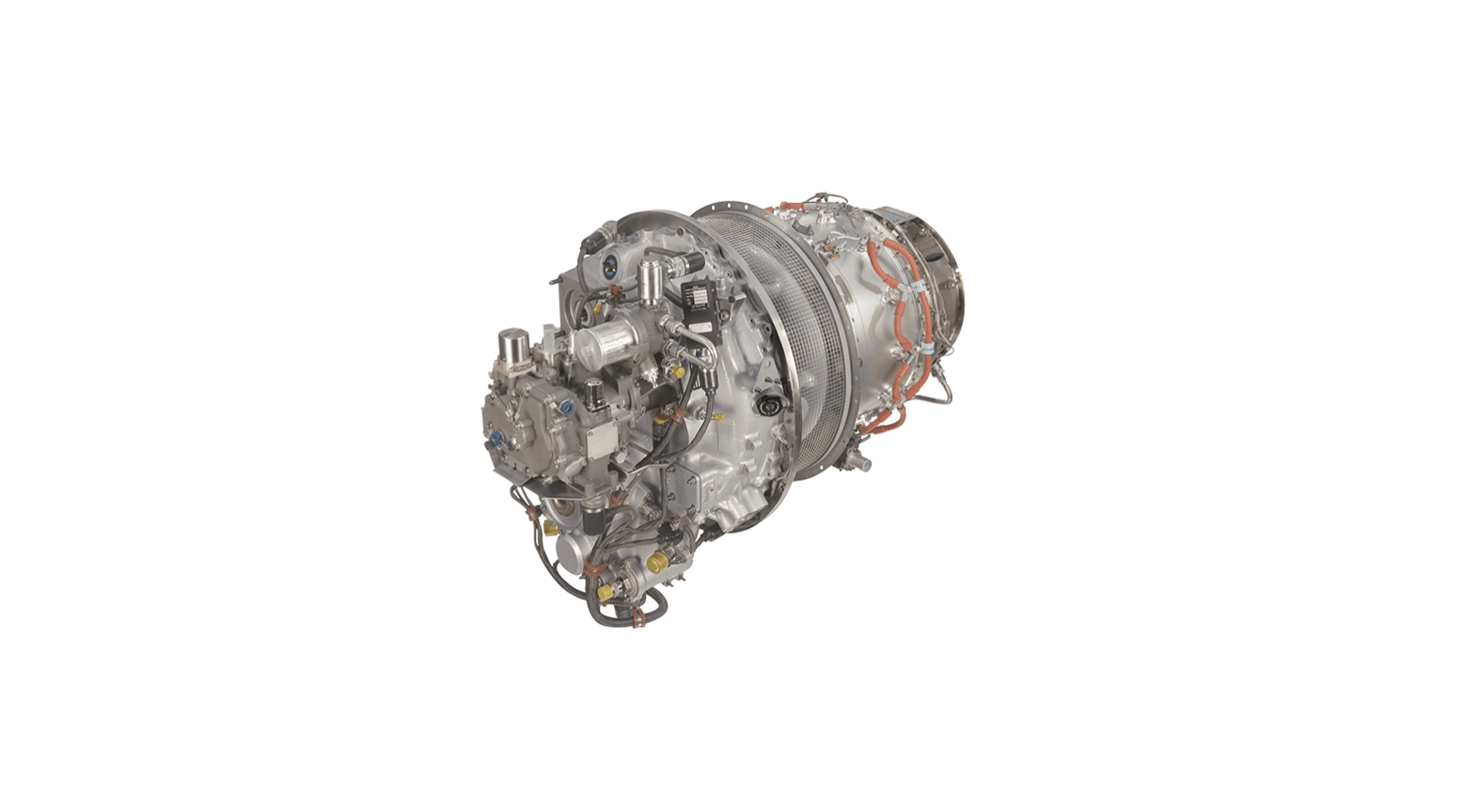
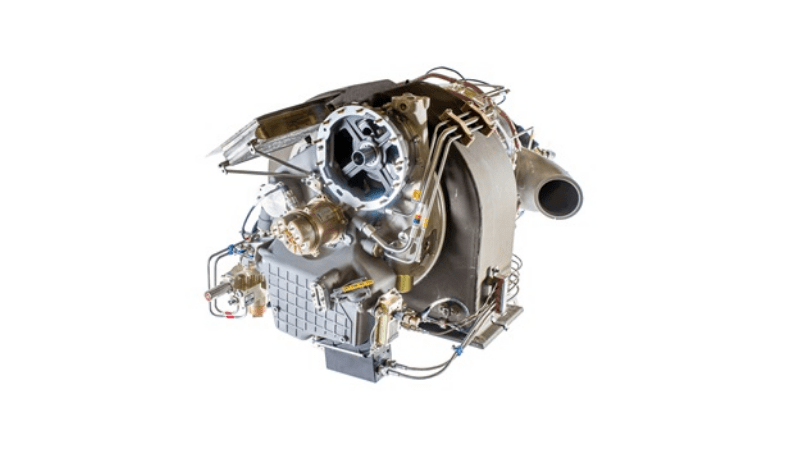
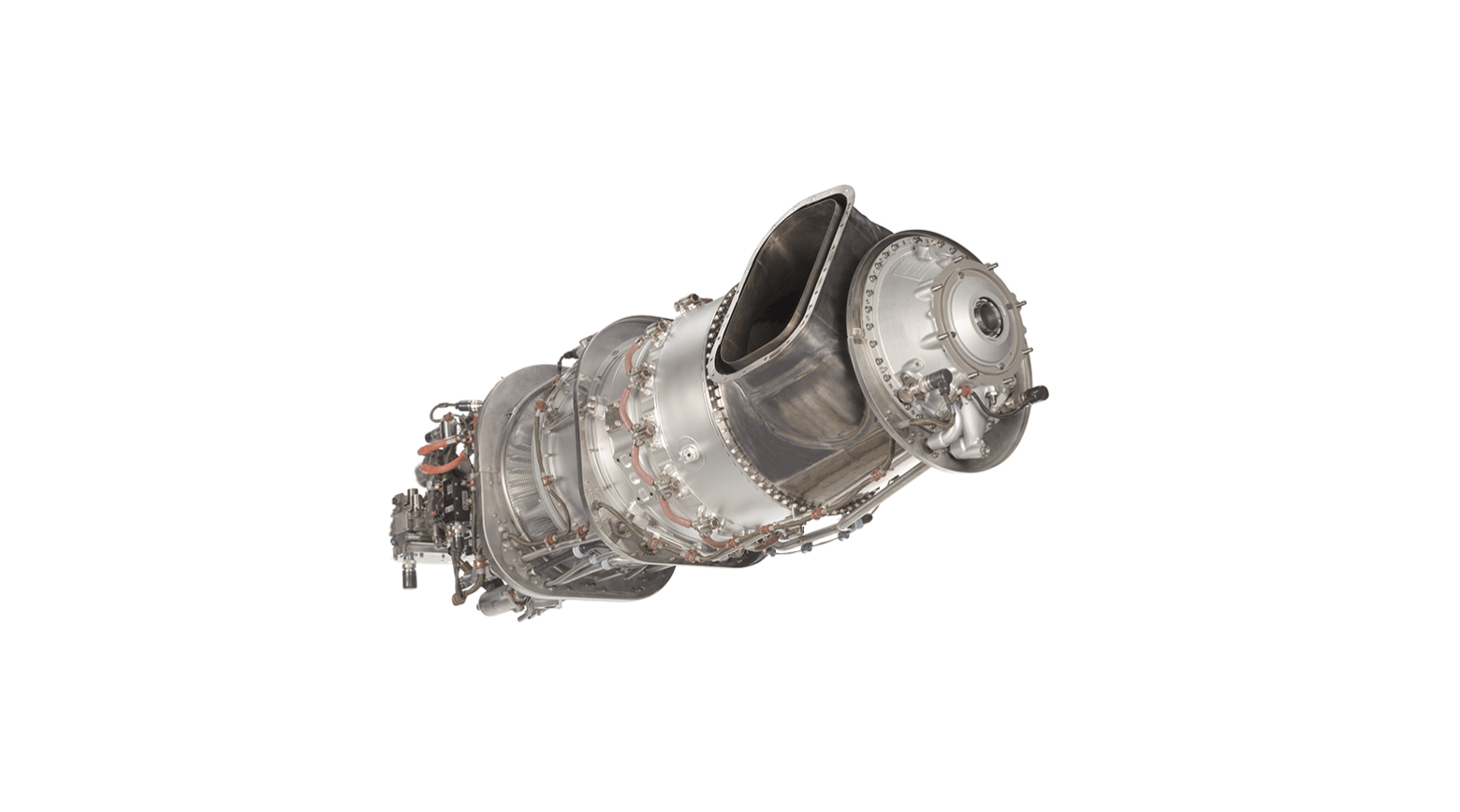
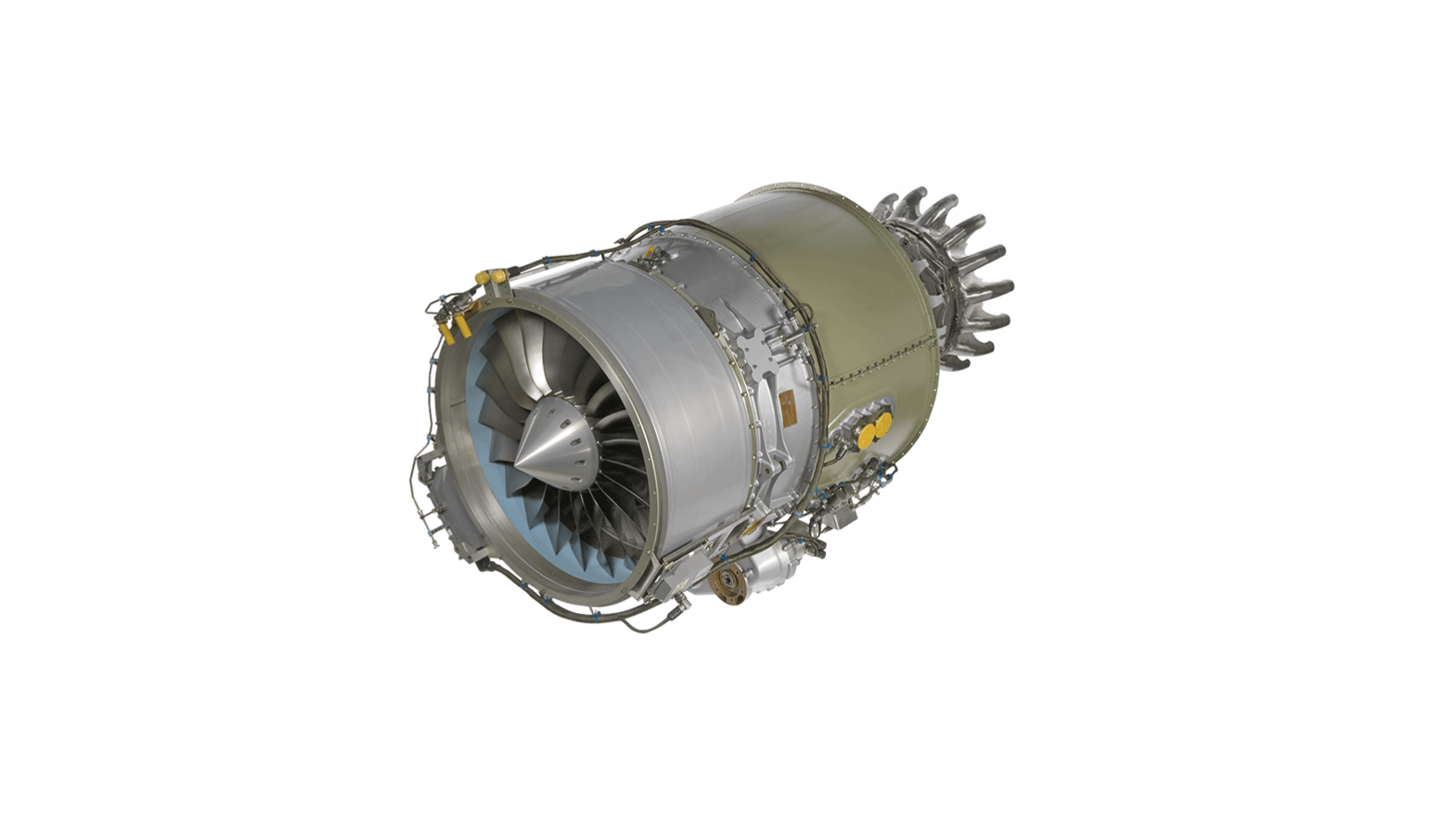
 Gas Turbine
Gas Turbine
 Aircraft parts
Aircraft parts